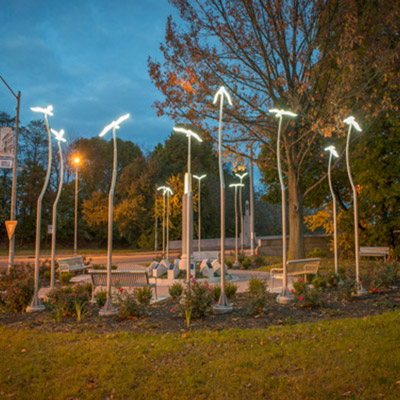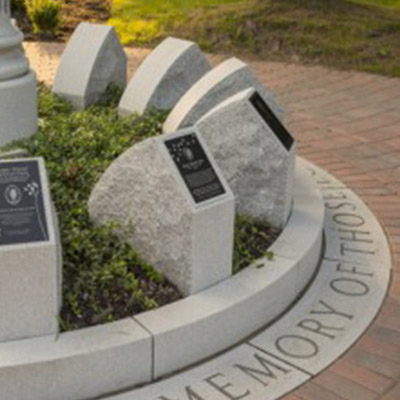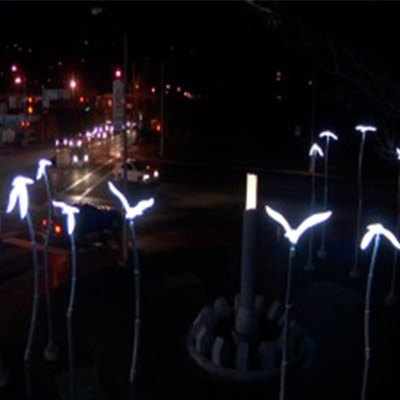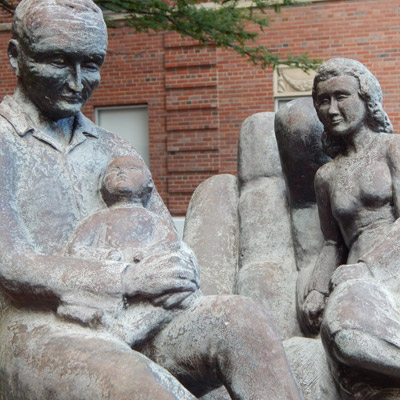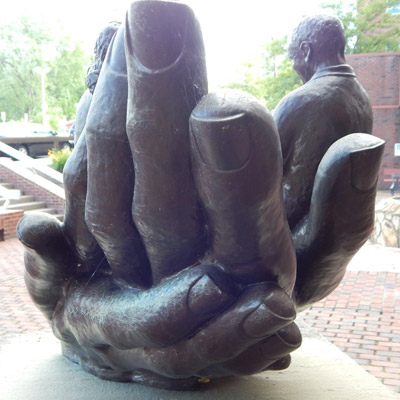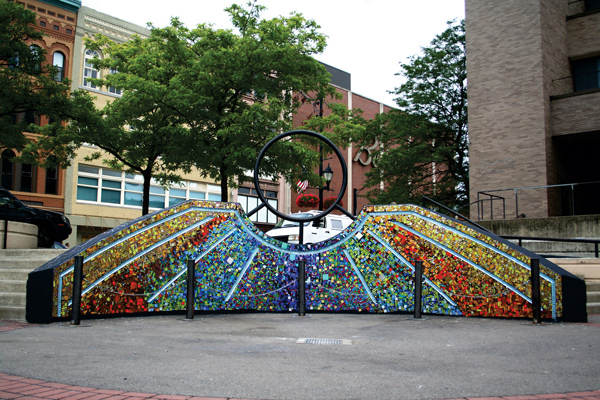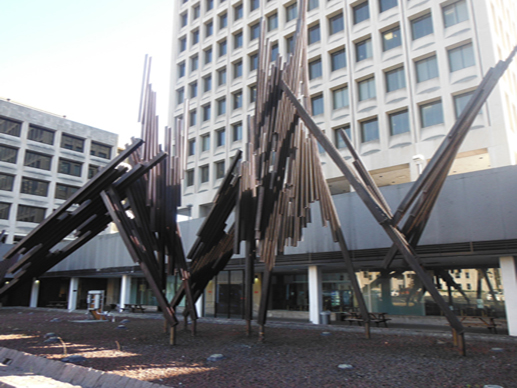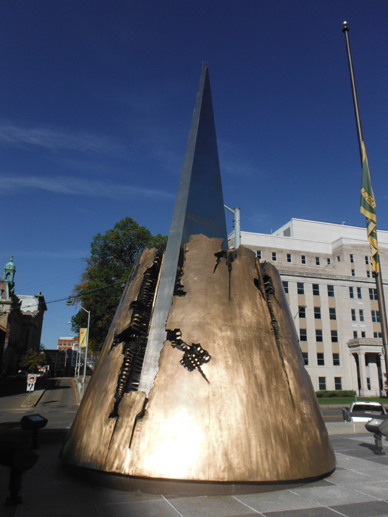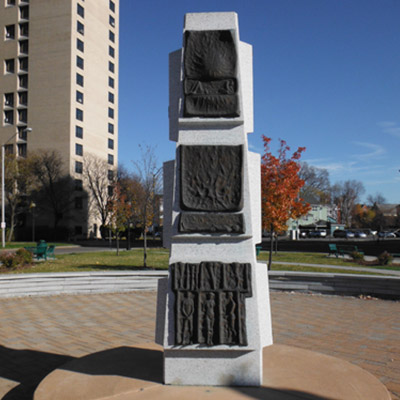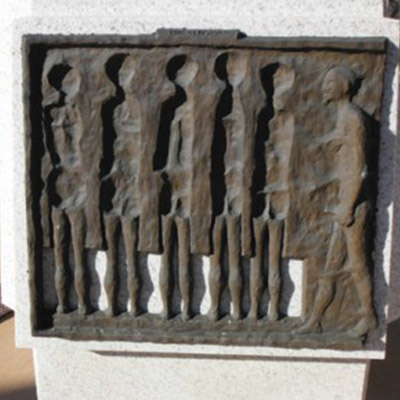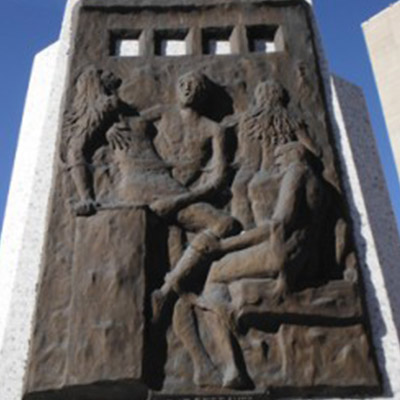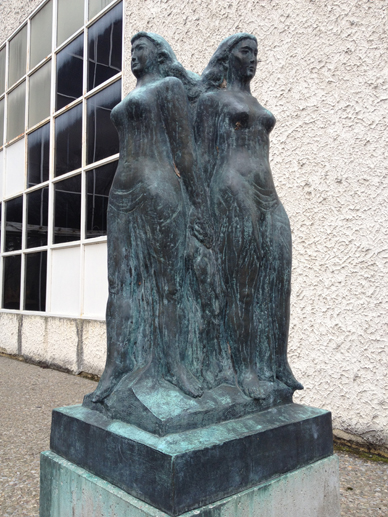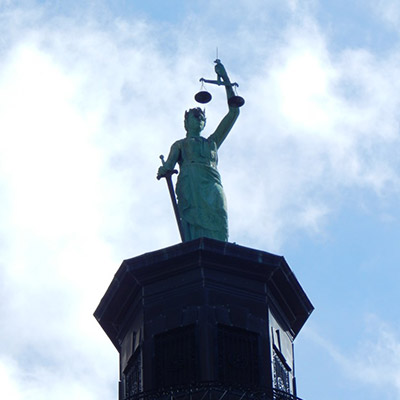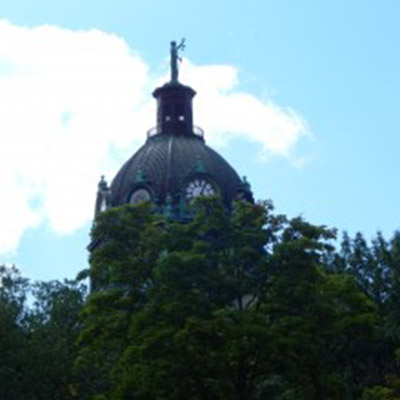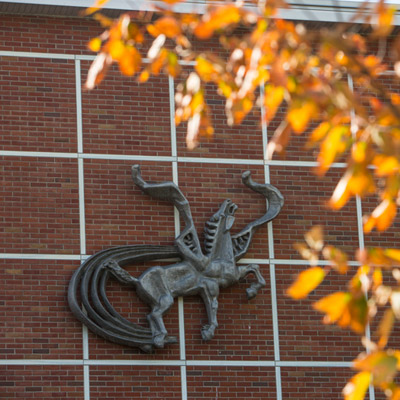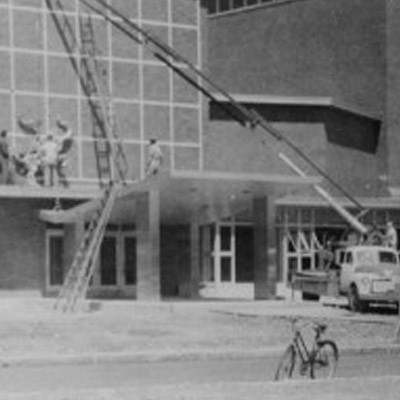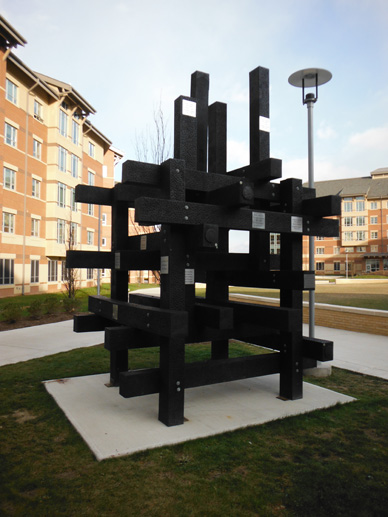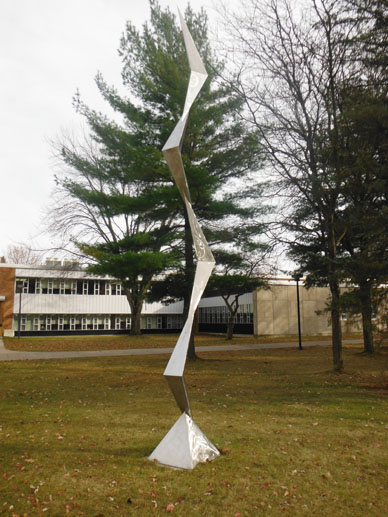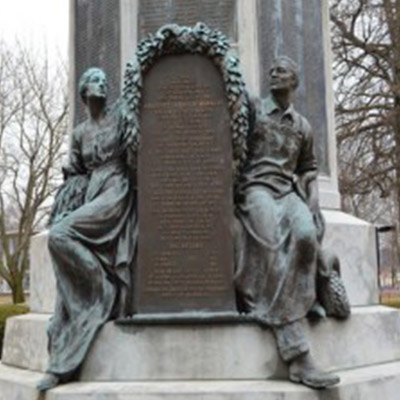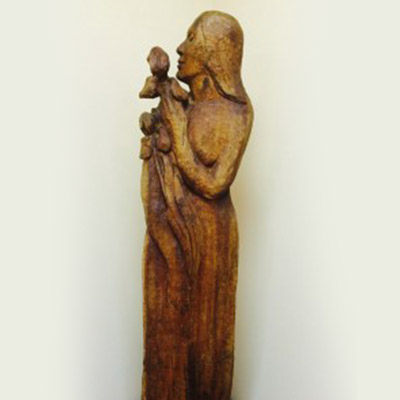Reviewed by Dave Schriber
Jelani Eddington visited Binghamton Oct. 23 to share his skills and the versatility of The Forum’s Robert Morton theater organ. Named the 2001 Theater Organist of the Year by the American Theater Organ Society, Eddington is the youngest person ever to receive that honor.
Eddington was personable as he introduced his own program. He put the Morton through its paces on a variety of popular and classical pieces, revealing a number of the unusual sounds possible in a theater organ (compared with a classical or church pipe organ): xylophone, celeste, rhythm sticks, bells, cymbal crash and vox humana (a stop which is supposed to sound like a human voice, but never does to me). In keeping with the approaching Halloween holiday, he performed a medley of tunes from Phantom of the Opera.
I found a couple things distracting, but that’s probably my lack of familiarity with theater organ technique. One was Eddington’s pulsing of the swell pedal, which almost made the music sound like it was cutting out. The Morton did have a couple of technical glitches, but that was not one of them. I also found it distracting after a while that Eddington kept changing stops nearly every three measures, as if hunting for what he wanted. To be fair, he was not hunting but trying to show off the variety of voicing in an instrument whose original purpose was to replace an entire pit orchestra. And like a bandleader showcasing first one instrument then another, Eddington used a potpourri of registrations.
I appreciated having video close-ups of his hands and feet projected onto The Forum screen (though the lower camera failed after the first half). The overhead view of the four manuals showed just how far ahead in the music Eddington set up his stops.
For me, the real value of this program was seeing as demonstration of a craft from another era. The theater organist was a unique artist, providing sound accompaniment to the old-time silent movies. This sounds simple enough, but in reality was very complicated and required fast reflexes, some artistic sense and a thorough knowledge of one’s instrument.
Again drawing on the ghosts and goblins theme, Eddington played to accompany the 1928 Laurel and Hardy silent flick Habeas Corpus, a slapstick comedy about the misadventures of a pair of hapless grave robbers hired to get a dead body for a mad scientist. The theater organist’s job, as we saw and heard, involved not only providing music matching the mood and pacing of the plot line and the personalities of the on-screen characters; it also involved sound effects such as the ticking of a clock, a knock at the door, the ring of a telephone and even whimsical sounds of repeated sight gags such as emptying cigar ashes into one’s pocket. And, as Eddington pointed out in his introduction, the theater organist sometimes had to do all this without ever having previewed the film!
Artists such as Jelani Eddington, instruments such as the Robert Morton theater organ and organizations such as our Binghamton Theater Organ Society help us recall a charming piece of Americana from a bygone era: the art of the theater organist.




